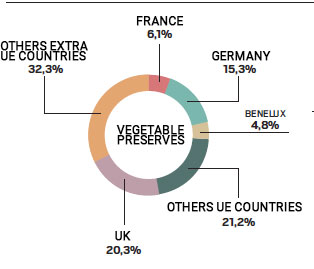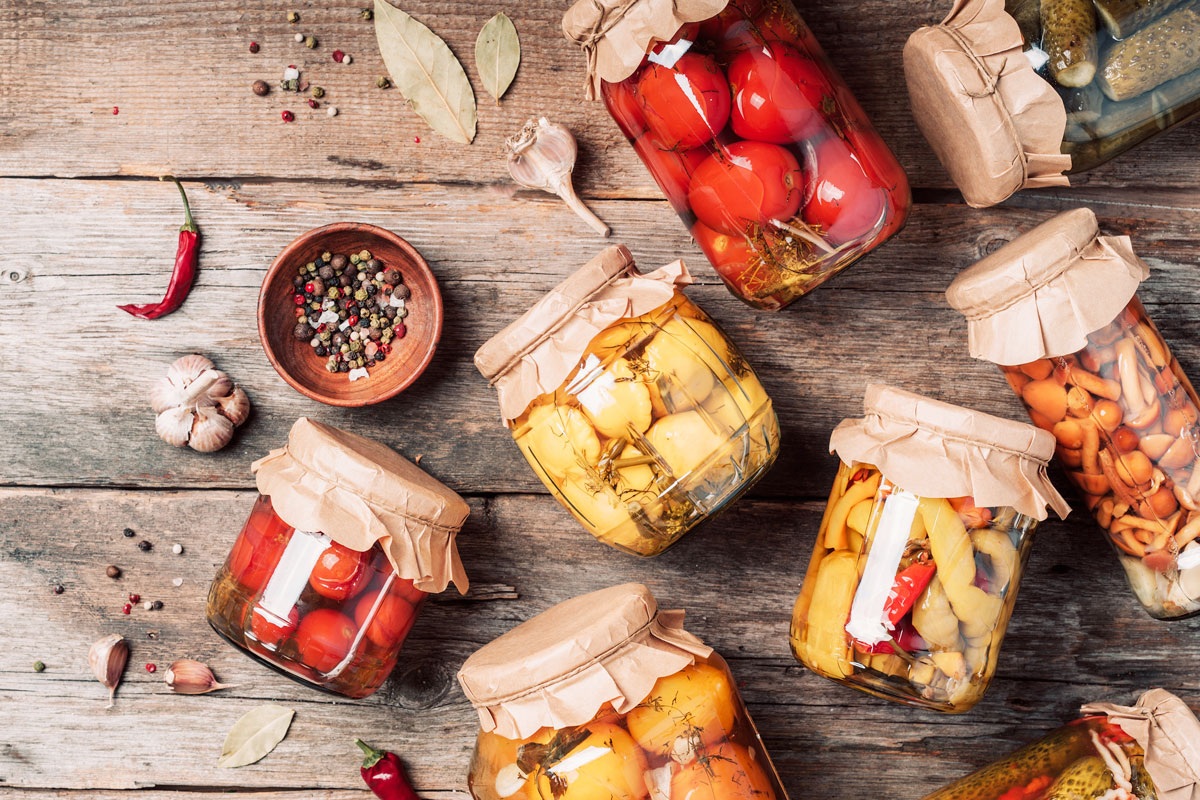Last year was the year of preserves and canned vegetables. Alongside pulses and purees, also oil, olives and, to a lesser extent, pickles have ended up in the shopping cart of customers in Italy and all over the world. All this in the wake of healthy trends and the need to put in the pantry good products, ready to be consumed when needed.
According to Nielsen data updated to November 22, 2020, the canned vegetables trend was positive both in value (+4.6%) for a turnover of over 240 million euros, and in volume (+4%). Mushrooms and artichokes are the big stars, but less usual products such as tomatoes, peppers and onions, as well as the emerging niche of zucchini, have made their mark too.
Click to discover the authentic Italian vegetable preserves on Italianfood.net platform
Home-made aperitifs, on the other hand, were colored by the ever-present table olives with 188 million euros in sales. Italian canned vegetables did well also abroad, with a double digit growth in volume (+10.5%) in the third quarter of 2020 (source: Agrifood Monitor based on Istat data).
Italy’s vegetable preserves: the incidence of exports in value

THE PLUSES OF MADE IN ITALY
Italian producers can count on the variety and quality of Italian raw materials, undisputed elements even abroad, but also on the know-how that distinguishes them. In the meantime, the recipes of the Italian regional tradition prove to be an ace up their sleeve, because they make people discover and appreciate simple but tasty flavors. Several players, however, also create ad hoc recipes for each country of reference.
REDUCED FORMATS IN THE NAME OF SUSTAINABILITY
That sustainability is more and more at the heart of the food industry. Even in the vegetables preserves sector, where packs are very often made with recyclable materials such as glass and aluminum, companies are working to improve. Starting with labels that are easily separable from the pack and recyclable in paper. There is also a growing interest in reduced formats, in order to reduce waste. For the same reason, portionable packs are proposed in the out-of-home sector.


